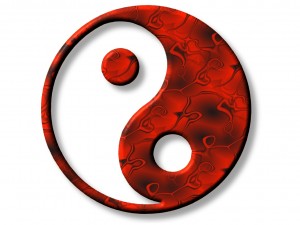 Recently one of my clients sent a team of engineers to Japan. For most of the team this was their first visit to that country. Before going, they asked me to brief them on some of the cultural issues they might encounter. There is a long list of things to watch out for, from beer pouring to shoe wearing. The goal of the session was to help this group build rapport with their Japanese counterparts. Knowledge of traditional Japanese customs is a start in building rapport. But rapport building certainly goes deeper than that. You need to understanding thinking as well as customs.
Recently one of my clients sent a team of engineers to Japan. For most of the team this was their first visit to that country. Before going, they asked me to brief them on some of the cultural issues they might encounter. There is a long list of things to watch out for, from beer pouring to shoe wearing. The goal of the session was to help this group build rapport with their Japanese counterparts. Knowledge of traditional Japanese customs is a start in building rapport. But rapport building certainly goes deeper than that. You need to understanding thinking as well as customs.
Richard Nisbett did a wonderful job of comparing Eastern and Western thinking in his book Geography of Thought. In the West, Nisbett asserts, understanding comes from breaking things down to their component parts. In the East, understanding comes from knowing the relationship and connections between everything. In the West, there is an acute focus on the object, and in the East the focus is on the space in between objects. I encouraged my client’s staff members to read this book before going to Japan.
Nisbett shows how this difference in thinking manifests itself in religion. For instance, in the West there is a focus on a single deity whereas in the East spirit or KI is infused into everything in nature. In my experience, this difference in thinking even manifests itself in the workplace. For instance, in the West there tends to be private space for workers in the form of offices or cubicles and in the East employees work in big rooms with no walls. This difference even extends to presentation styles. In the East there is a tendency to spend more time exploring the context of issues and in the West the tendency is to just focus on the issues themselves.
I highlighted some of the differences in presentation styles. I asked them to be understanding of the differences. For instance, I asked them to be patient with the Japanese presentation style and consider adding more contextual content into their own presentations. I asked them to be patient with the Japanese decision-making process: it simply takes more time to process all the connections to a problem than just examine the problem itself. Patience and understanding – these are good tools for any rapport building toolkit.
